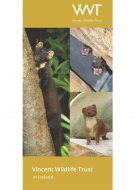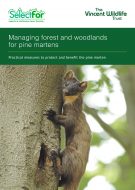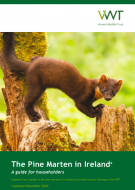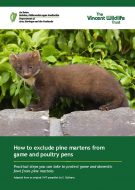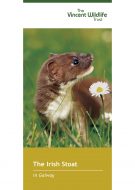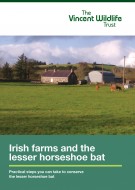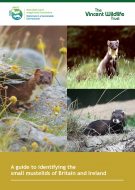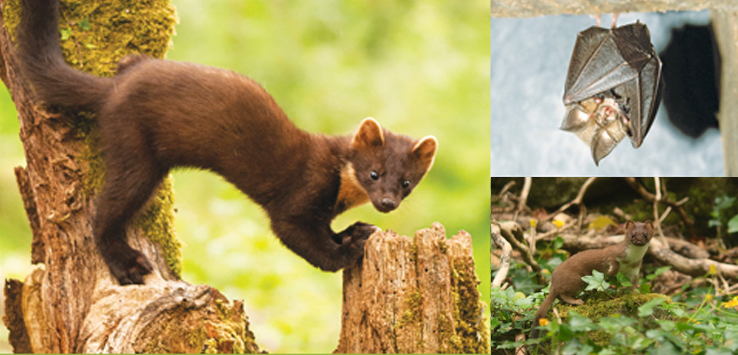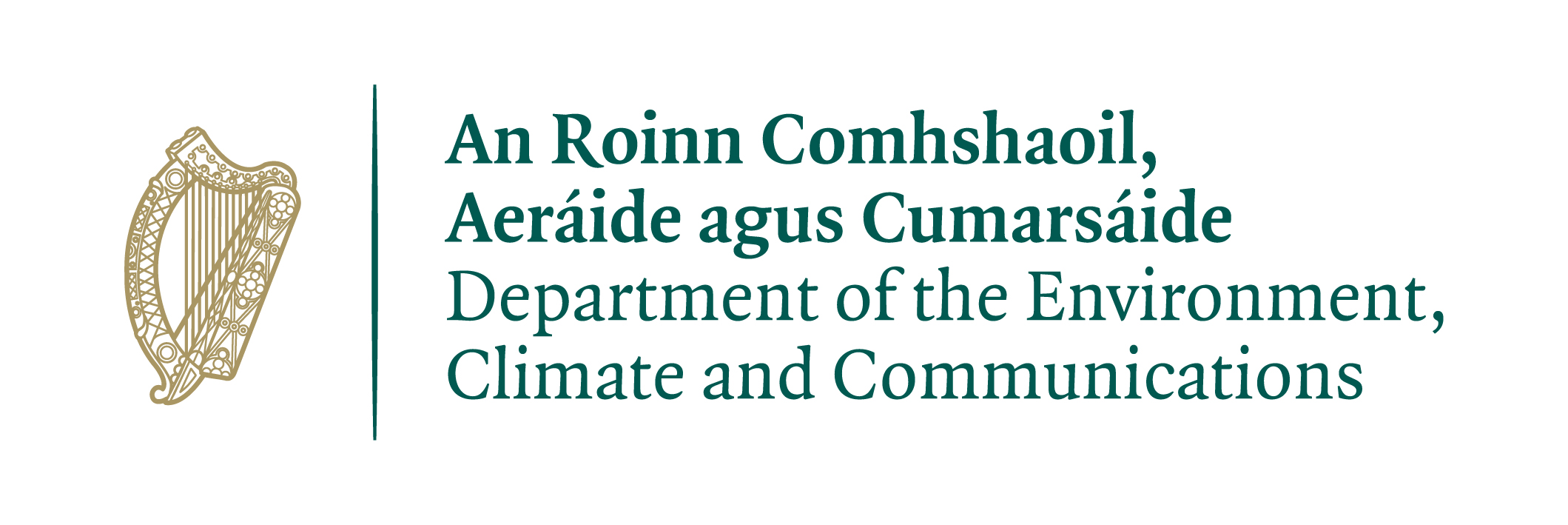Resources | Leaflets
-
Vincent Wildlife Trust in Ireland
VWT established a permanent presence in Ireland in 1995 and the majority of our work has been centered on the bat species, and in particular the lesser horseshoe bat. Today, our work in Ireland has a broader remit and focuses not only on the bat species but also on other mammals in need; in particular members of Read More
Download -
Managing forest and woodlands for pine martens
Practical measures to protect and benefit the pine marten. This leaflet aims to provide guidance on how to assess and minimise potential impacts of forest operations on the pine marten and recommend a set of measures to benefit martens that can be use d by forest managers and owners.
Download -
The pine marten in Ireland
The pine marten is native to Ireland and is one of our rarest mammals. Once common throughout the country, by the 20th century this species had become extinct from the majority of the island, surviving only in a few isolated and fragmented populations, mainly in the west. This decline was the result of hunting of Read More
Download -
How to exclude pine martens from game and poultry pens
This leaflet provides information on practical steps you can take to protect game and domestic fowl from pine martens. Details are provided on preventative methods such as line wire and overhang electric fencing and pop holes. Guidance is also given on making hen houses marten-proof.
Download -
The Irish stoat
The most recent study of this elusive mammal was conducted in County Galway three years ago. This short leaflet presents the results of this survey, as well as some additional information on one of Ireland’s oldest residents.
Download -
Irish farms and the lesser horseshoe bat
Practical steps you can take to conserve the lesser horseshoe bat. The lesser horseshoe bat is one of our smallest bats, weighing just 4-9g. It can be identified by a horseshoe-shaped flap of skin around its nose and at rest it hangs upside down, often with its wings wrapped around its body.
Download -
A guide to identifying the small mustelids of Britain and Ireland
The small mustelids are characterised by their long thin body shape, which enables them to follow their prey down small tunnels and burrows. However, because of their similar body shape they can be difficult to distinguish from each other. This guide helps with the identification of the mustelid family.
Download


